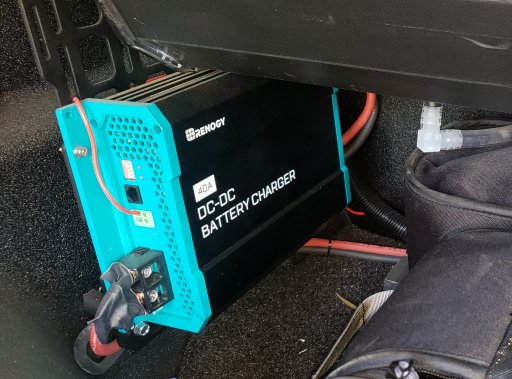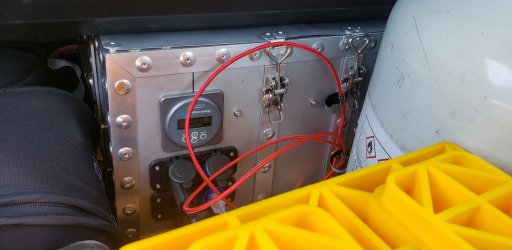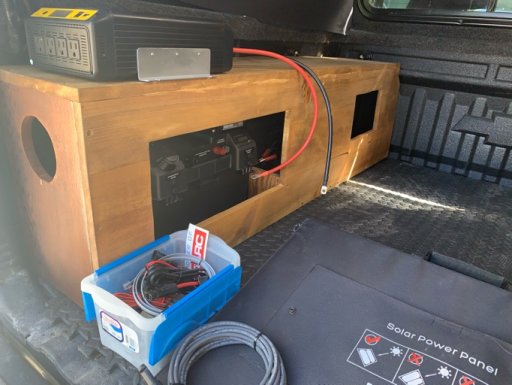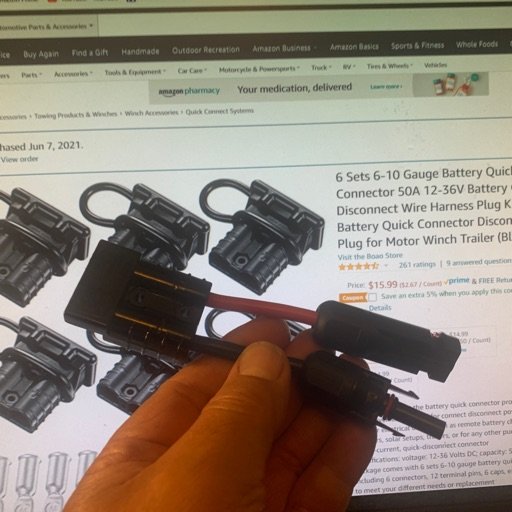
Contributor III
Hi, I have an Anderson plug on my F150 and want to build a power station to mostly power my fridge (thinking Dual sides ARB 101 QT) Want to keep lithium battery or batteries topped off while driving and run fridge. I know I need and pure sine Inverter, one or two lithium batteries (thinking 100 AMP/HR) and a control to know battery levels etc. Want the battery to be able to charge and use in below freezing and over 100 temperature range and charge with anderson plug, generator and possibly solar.
Suggestions on make/model for:
fridge/freezer (ARB or Dometic I am thinking)
pure sine INverter (Min of 1000 Watt)
lithium batteries (100 AMP/HR??)
control center (show charging and levels)
That will hold up and work in:
Temperatures in subzero to 120 degrees
That will charge/run my fridge with:
Anderson plug while driving
Solar
Generator
All items bolted down in my covered F150 truck bed.
Any thoughts/ideas much appreciated!
Suggestions on make/model for:
fridge/freezer (ARB or Dometic I am thinking)
pure sine INverter (Min of 1000 Watt)
lithium batteries (100 AMP/HR??)
control center (show charging and levels)
That will hold up and work in:
Temperatures in subzero to 120 degrees
That will charge/run my fridge with:
Anderson plug while driving
Solar
Generator
All items bolted down in my covered F150 truck bed.
Any thoughts/ideas much appreciated!










